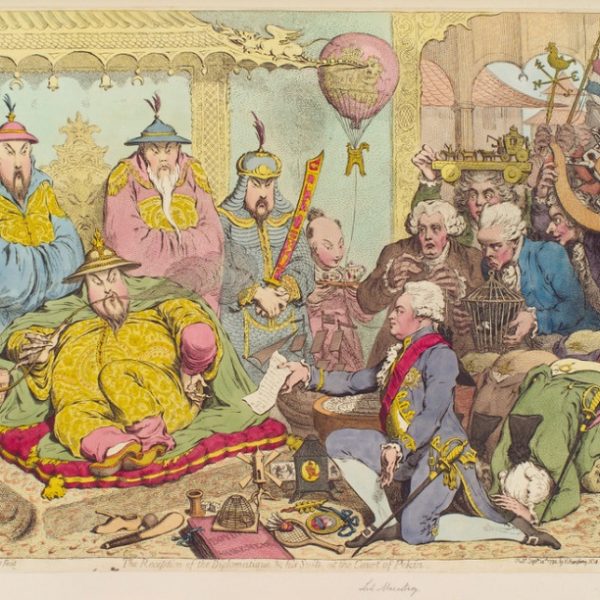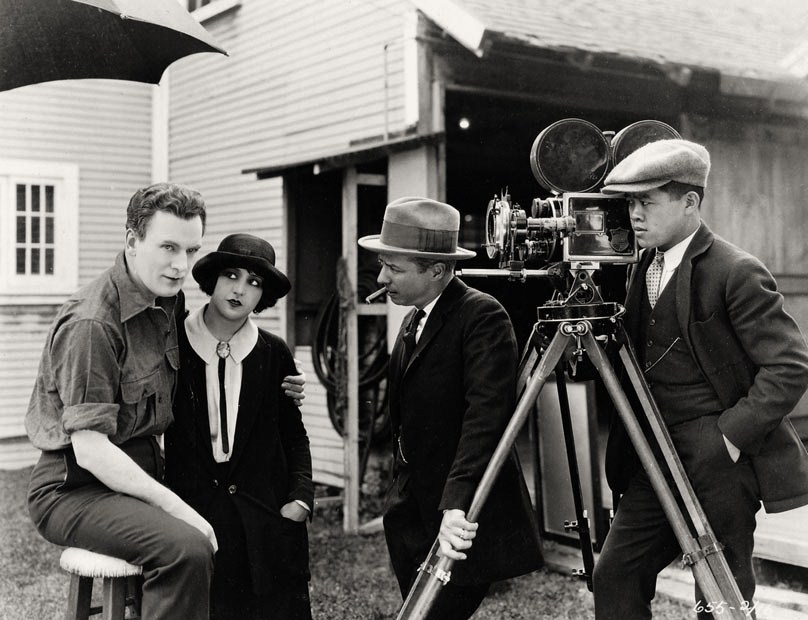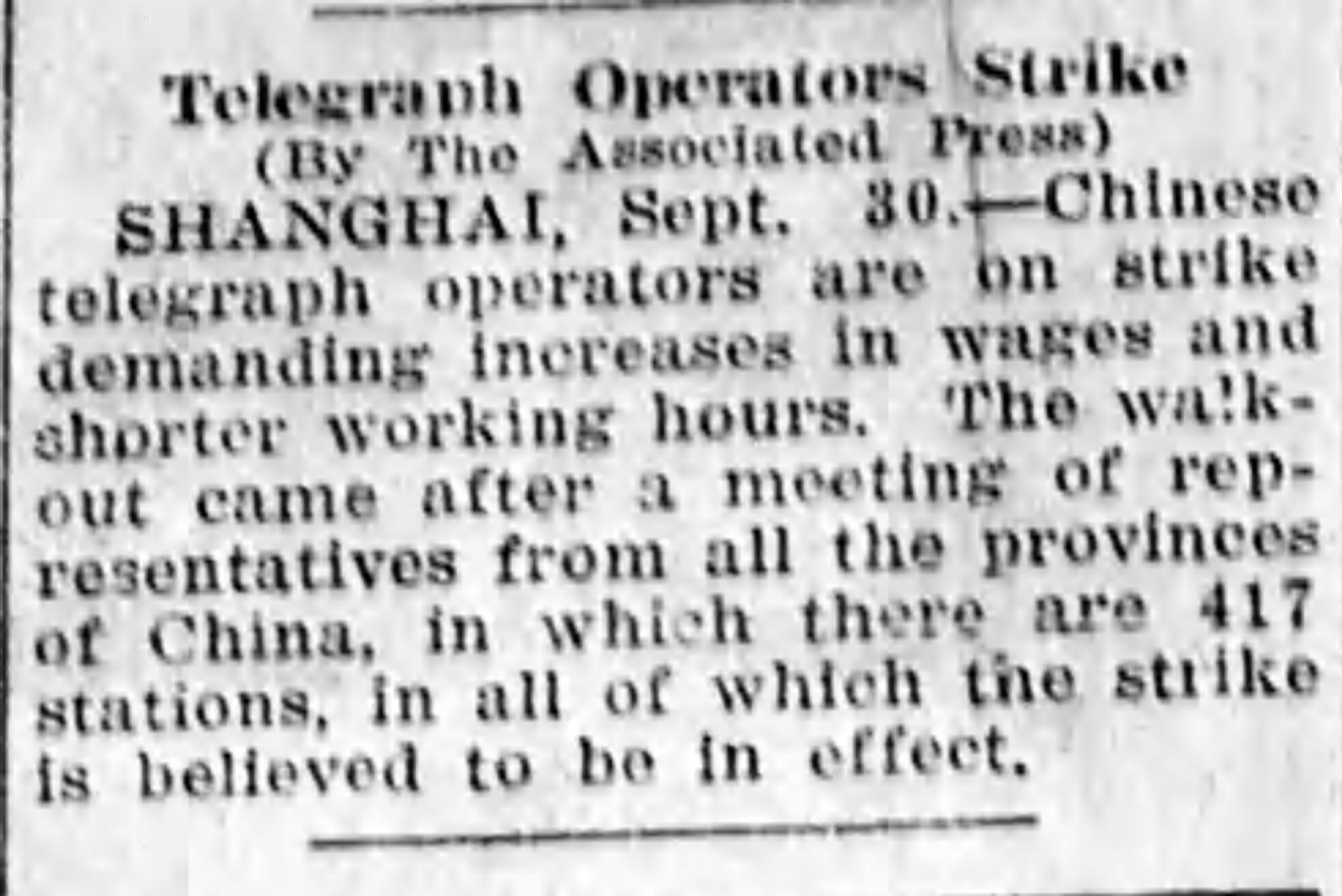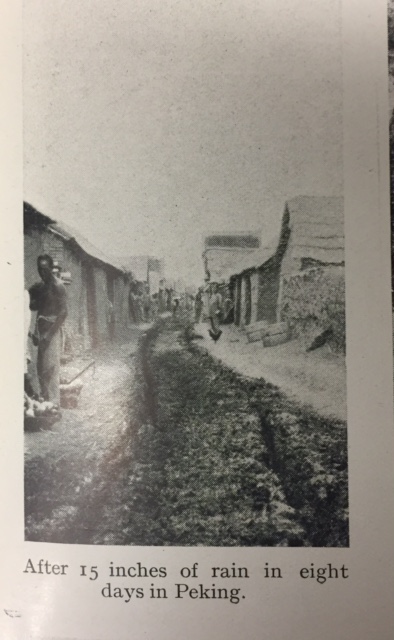Posted: October 29th, 2016 | No Comments »
This is the January 29th 1944 edition of Liberty magazine…including a report on life in Japanese-held Shanghai. It makes for good reading revealing the city at a time when things were about as bad as they could get. The correspondent is Bernard (or sometimes Bernhard) Covit (1907-1978), who’d been working as a correspondent for UP in Manila until captured by the Japanese and interned for 18 months. Before the war Covit, a Brooklynite I believe, worked for the New York Post among other papers and bureaus. He was in Shanghai on “Bloody Saturday”, August 14th 1937, when the city was bombed – he was close to the Great World Amusement Palc when two bombs fell on Thibet Road (Xizang Road) right outside the packed building.
I believe Covit went on to remain involved in Asian affairs – editing several books on the South Seas and Tahiti. After the war I think he also worked in radio with WPIX, New York, and the Mutual Broadcasting System. Anyway, here’s Covit in occupied Shanghai in 1944….




Posted: October 28th, 2016 | No Comments »
Fri 11 Nov, 2016 – Sat 12 Nov, 2016
The Inexplicable and the Unfathomable: China and Britain, 1600-1900
The Courtauld Institute of Art, Somerset House, Strand, London
More details, full programme and tickets here

The ‘Chinese character seems at present inexplicable’, observed Lord Macartney during his celebrated embassy to China in the 1790s, while the Chinese themselves at this time often described ‘western ocean barbarians’ as ‘unfathomable’. The failure of Macartney’s embassy is well known, not least the Emperor Qianlong’s dismissive comment that ‘we possess all things. I set no value on objects strange or ingenious, and have no use for your country’s manufactures’.
A sense of bafflement might therefore overwhelm the present-day visitor to the Forbidden City, on encountering its glorious array of English clocks, many imported during Qianlong’s reign. The present conference will consider some of the endless misunderstandings and deliberate deceptions that characterised relations between Britain and China in the four centuries under review, in fields as varied as religion and art, and commerce and literature. It will also explore, however, the burgeoning range of contacts between the two countries, and the increased mutual understanding achieved by two cultures separated by ‘the confines of many seas’.
Posted: October 27th, 2016 | No Comments »
A header for the marvellous La Librairie Francaise of China. The publusher was the imprint of the great Henri Vetch who ran the French Bookstore inside the lobby of the Grand Hotel de Pekin (now “Block B” of the Beijing Hotel – aaahh, the romance of communism!!) from 1930 to (about) 1953 (I think). The Libraire had been started originally by Henri’s father, Francis. Henri Vetch (who eventually went to Hong Kong and died in the 1970s) also had a branch at 71 Rue de France in Tientsin (that’s the formerly French bit of Jiefang Road in Tianjin now).

Posted: October 26th, 2016 | No Comments »
Cincinnati’s Giddings Department Store ran a promotion in January 1937 on the delightful looking (but perhaps not so delightfully named) felt “coolie sailor” hat, the “China-China”. As the advertising says – “gay as a Peking party” it will “China Clipper you right into Spring”. And only $3.95.

Posted: October 25th, 2016 | No Comments »
Here’s something you don’t see that often anymore – a bunch of bandits paraded down the Nanking Road. But in October 1925 it was a daily occurrence apparently. they had to walk all the way out to Lungwha to get themselves hung – 180 of them! ‘The Chinese people seem to enjoy it” says the article – but then where were public executions not popular? Certainly not in London and Paris where crowds would gather only a few decades previously for such displays. Still, public execution was long lived in China – in 1937 over 50,000 people turned out to see drug dealers and addicts executed in Peking.

Posted: October 24th, 2016 | No Comments »
James Wong Howe is a fascinating character – born in Guangdong in 1899 he came to America as a small boy. Interested in cameras and the early movie business he got a job with Cecil B DeMille on the silents. In 1928 he returned to China to film some location shots for a movie – that movie never happened, but later Josef von Sternberg used some of the footage in Shanghai Express.
Anyway, Wong Howe was asked to contribute to the very thoughtful and now largely forgotten magazine Rob Wagner’s Script that mixed authors, actors, film folk and cultural critics together between 1929 and 1949 to produce a fascinating magazine. Wong Howe’s contribution, published in October 1945, was called Electric Shadows and it was an article dealing with Chinese cinema since the Japanese invasion and the opportunities for Chinese film in the immediate aftermath of WW2. He discusses how the traditions of lantern shows morphed into “electric shadow” shows. He throws in a few useful stats:
Pre-war China had 400 cinemas showing American films (85%), Chinese, Russian, British and French being the rest (15%).
He also talks of the possibilities of adaptations of Lu Xun and Lao She and the opporutnities for co-operation between Shanghai’s film studios and Hollywood now the Japanese have been defeated.
The whole essay is available in this collection, The Best of Rob Wagner’s Script (just $5 on Kindle)…which has a lot of other good writing on Hollywood.

James Wong Howe on the set of The Alaskan, 1924
Posted: October 23rd, 2016 | No Comments »
October 1925 – China’s telegraph operators go on strike (you could that then before the Communists banned proper trade unions and striking) demanding better wages and shorter working hours. How long were there working hours? By 1925 China had a pretty effective telegraph system up and running – 417 stations across the country and the strike was total across them all!!

Posted: October 22nd, 2016 | No Comments »
Hong Kong seems to have stood up well against Typhoon Haima – though it was a shame the authorities rushed to cut down so many trees! Will they be replaced?
Anyway, 1924 was a year of terrible drought in most of Northern China but the following year that all changed. Peking saw 15 inches of rain in just eight days turning hutong laneways into rivers…..











